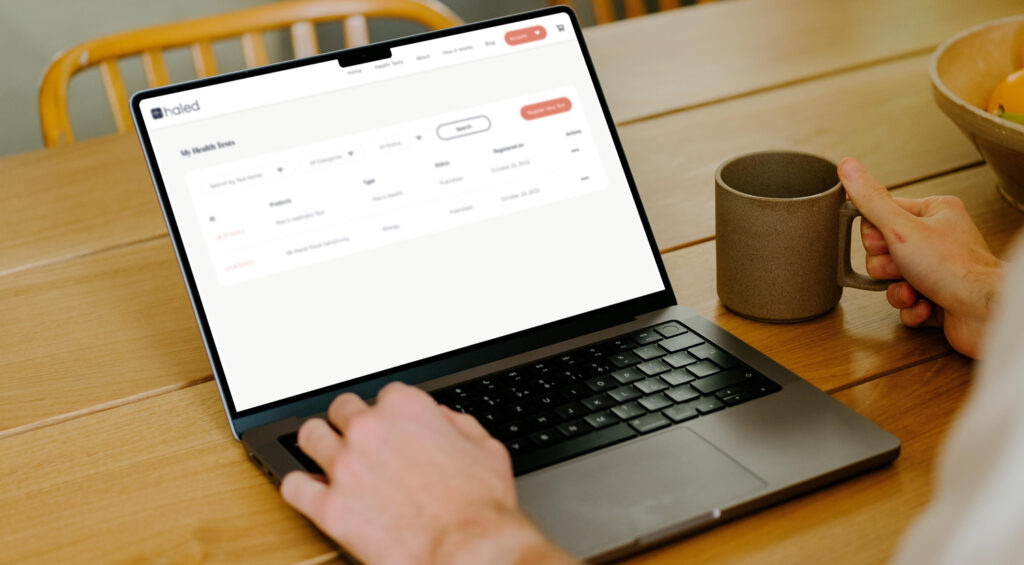We know the generation a person is born into has a deep impact on their worldview, steering opinions on education, employment, family and, yes, even healthcare. What we also know is that there is a direct, data-backed relationship between generational gaps and technological proficiency. Typically, Generations Y and Z are born into tech-savvy traits, Boomers and The Silent Generation are forced to seek out younger generations’ digital assistance, and Generation X lands somewhere between competence and mild confusion.
Among the digital advances felt across all industries, health tech has emerged as a sector grappling with effective engagement strategies. When specifically examining healthcare platforms, older generations tend to value simplicity and ease of use, whereas younger generations prioritize a full suite of digital capabilities and rapid results. This leaves many health tech companies questioning who to cater to.
Patient-Provider Relationships by Generation
How can the current wave of digital healthcare not only reach but also engage multiple generations with vastly different digital aptitudes and health priorities? To understand health tech’s current obstacles, it’s important to first identify the reasoning behind common health attitudes within generations.
A recent survey of both patients and physicians showed generational characteristics within patient-provider relationships. For instance, the Silent Generation was more likely to follow physician’s orders; Baby Boomers, to debate their physicians; Generation X, to seek out various educational sources and ask informed questions during appointments; and Millennials, to use multiple healthcare sources, including multiple physicians, when seeking health opinions.1
The Link Between Internet Use and Healthcare
One explanation for generational healthcare traits: As the internet we know today took shape, information was accessed in an inverse relationship to age, meaning the younger, more tech-savvy audience instantly gained an entire web of information while the older, less digitally inclined populations gained some information, but didn’t have the educational backgrounds to conduct the same level of deep research. Within healthcare, the Silent Generation remained reliant on professionals, Baby Boomers formed skepticism over new technologies, Generation X explored and analyzed the resources available to them, and Millennials were inundated by messaging from multiple platforms, quickly learning that many healthcare opinions could exist simultaneously.

Digital Health Experiences
Just as different generations approach traditional healthcare in distinct cohorts, they also carry separate views on healthcare technology. A study that examined the tech-driven differences between Generation X and Millennials found that for Generation X, perceived digital ease of use was positively correlated to perceived usefulness.2 In other words, they believed that simplified, accessible technology platforms offered the greatest benefit to consumers. In contrast, Millennials tend to rank health tech by its ability to provide instant digital feedback,2 as their immediate adaptability to most digital platforms negates a need for simplicity.
The Case for Simplified Health Tech
How should health tech companies address these age-fueled disparities? It may be tempting to govern decision-making by Millennial input. After all, the generation has driven tech-centric companies including Uber, Fitbit and Twitter to insurmountable success.3 Yet, when the previous technology study examined the impact of generational preferences, data showed catering to Generation X’s need for user-friendly interfaces had a much stronger influence than appeasing Millennials’ desires.3 Coupled with Generation X’s top spending power among all generations, the case for simplified health tech is strengthened.4
What the multiple data points reveal for companies like Haled Care is that to adequately address all generational preferences, it is most important to develop an interface that can be easily understood and operated by all parties. With streamlined appointment services, real-time notifications and simplified desktop-to-app functionality, Haled Care aims to meet all age groups on an agreeable playing field.
In terms of healthcare trends for all generations, the change to people-centered care (over diagnosis-based care) is felt around the globe. The World Health Organization frames new-age healthcare priorities as a shift from “What is the matter with the patient?” to “What matters to the patient?”.2 One answer that appears to sweep across the generational board: user-friendly, accessible healthcare options.
Sources:
- https://www.hmpgloballearningnetwork.com/site/ihe/article/how-generational-factors-impact-patient-engagement
- https://www.ncbi.nlm.nih.gov/pmc/articles/PMC7402278/
- https://news.sanfordhealth.org/sanford-health-plan/millennials-wellness-generation/
- https://www.oberlo.com/statistics/consumer-spending-by-generation
